TSWALU’S EDIBLE PLANTS
Decent summer rains have the ability to transform Tswalu’s landscapes within a few, short weeks. Then the Green Kalahari earns its name, bursting into life as annual creepers appear, grasses flourish and perennial trees produce fruits that sustain animals and birds. Many of the plants are edible, providing an important food source for certain animals, and offering nutritional or medicinal benefits to the people of the Northern Cape.

Shepherd’s tree – Boscia albitrunca
Tswalu’s largest and most common tree is the perennial shepherd’s tree, identified by its white to pale grey bark. The leaves are a nutritious source of food for antelopes year round, and the small, yellow or pinkish, edible berries are an essential part of the diet of baboons, all fruit-eating birds, and mammals. Humans eat the sweet berries, too, and the roots used to be ground up as a coffee substitute in times gone by.

Gordon’s ghaap – Hoodia gordonii
The thorny, finger-like stems of this dwarf shrub are peeled to reveal a fresh, fleshy part that is eaten raw, but is extremely bitter. It is considered a source of healing for abdominal pain. Shepherds and San people used it as an appetite suppressant when travelling long distances. The entire plant is eaten by porcupines.
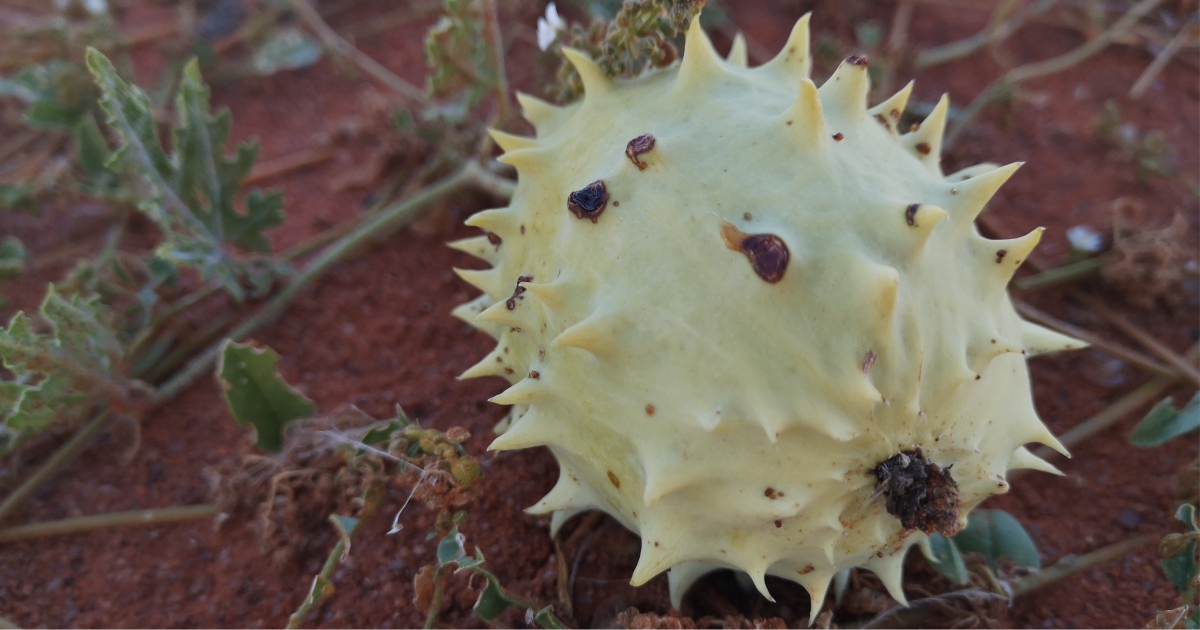
Gemsbok cucumber – Acanthosicyos naudiana
This creeper’s spiky fruit leaves a burning sensation on the tongue and lips, whether tasted when unripe (green) or ripe (yellowish). Despite this unpleasant effect, when ripe it is eaten with a little sugar or salt. Fried and salted, the seeds are like Kalahari peanuts and eaten as a snack. They are a delicacy for porcupines.
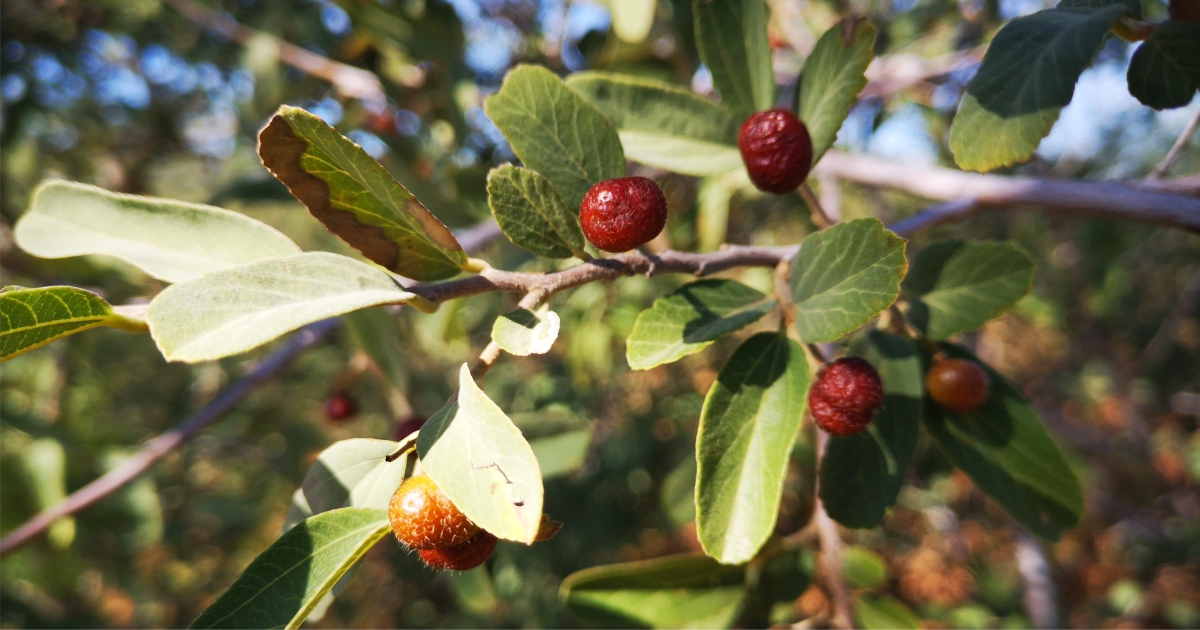
Bushman raisin – Grewia flava
Also a common species on Tswalu, this small tree produces yellow flowers and small, brownish and sweet fruits loved by people of the Northern Cape. The fruits are collected and eaten for breakfast with milk or simply enjoyed as a snack. Bushman raisins are an important food source for baboons, birds and insects.
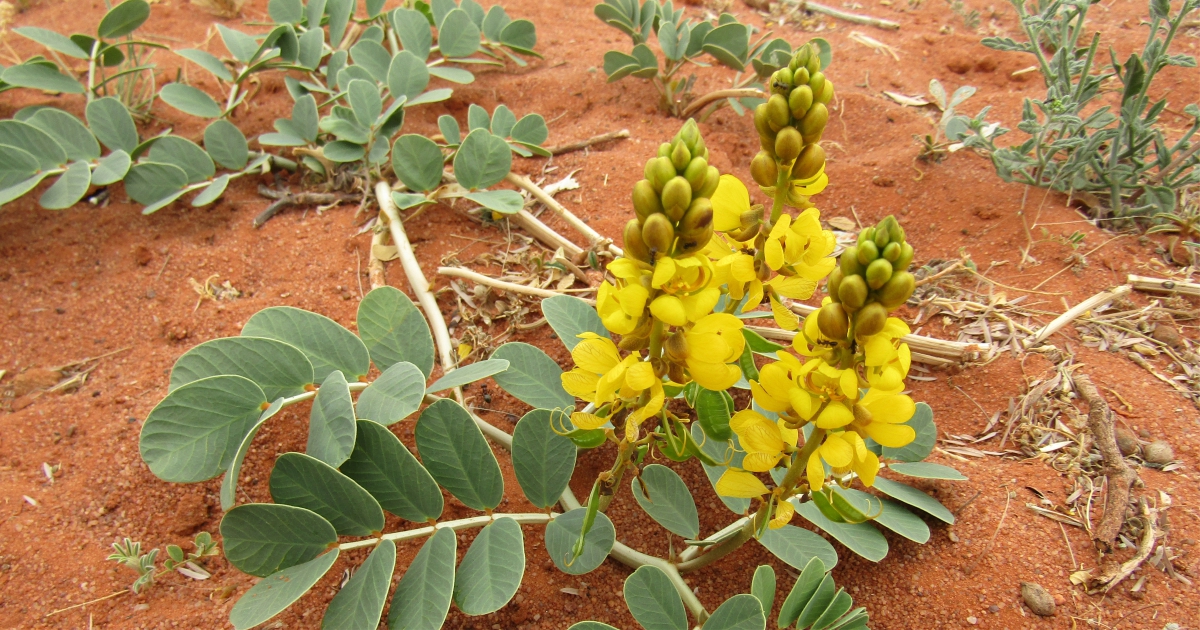
Wild senna – Senna italica
The flat, oblong pods and yellow flowers of this plant identify it as wild senna, also known as eland’s pea. The roots or an infusion made from the dried leaves have been used for generations as a laxative.
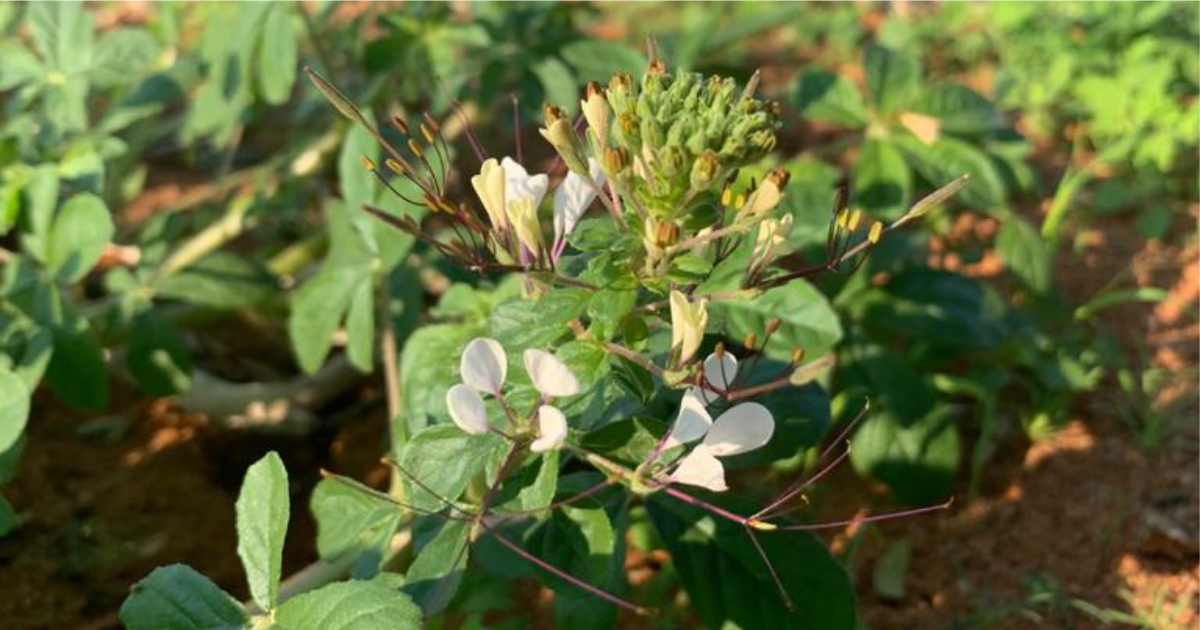
African cabbage – Cleome gynandra
This perennial herb has clusters of spider-like, white to purple flowers and elongated fruit capsules. Also known as spider-wisp, the young leaves are eaten like spinach while dried leaves add flavour to porridge. The seeds are consumed by birds.
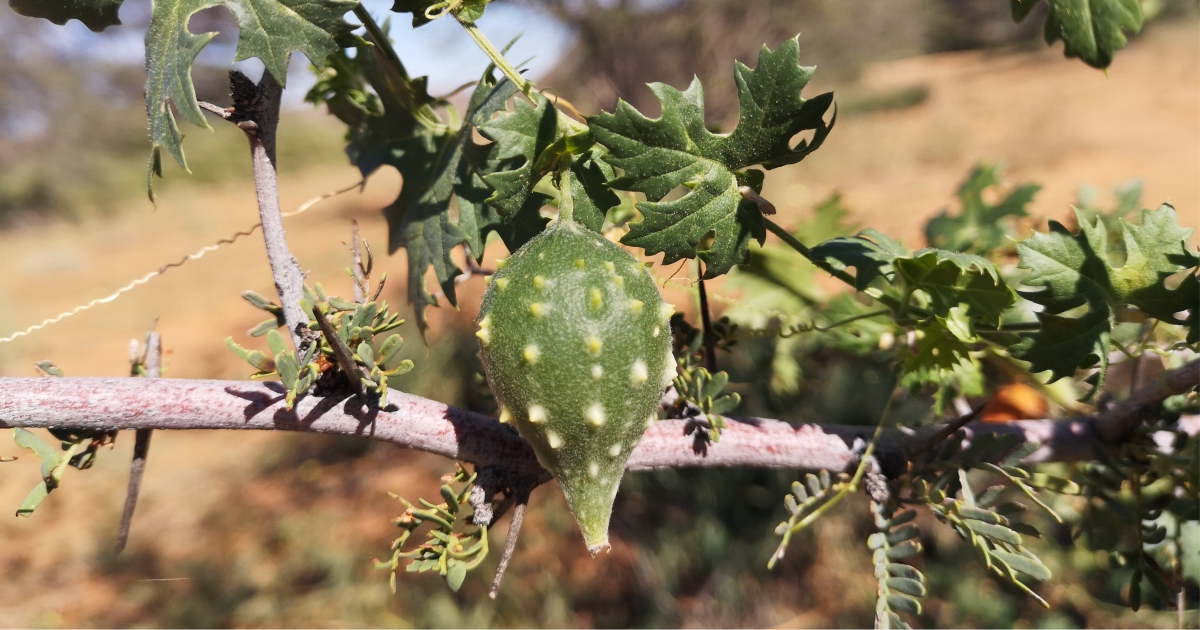
Balsam pear – Momordica balsamina
A creeper that is often found entwined around other plants for support, its fruits are green when unripe and orange to red when ripe. The leaves and green fruits are cooked and eaten as spinach, often mixed with finely ground peanuts. When ripe, the fruits are eaten by birds.

Tsamma melon – Citrillus lanatus
The fruits of this creeper are watermelon-like in shape and colour when unripe, but turn yellowish as they ripen. Like the gemsbok cucumber, it produces a burning sensation on the tongue and lips but people still eat them, often with a sugar coating. The seeds are harvested and fried with a bit of water and salt to eat as a snack. Animals, like the gemsbok or oryx, consume the fruits when water is scarce, as do porcupines.

Wild jasmine – Orthanthera jasminiflora
The wild jasmine creeper’s banana-shaped fruits are green when unripe and yellowish when ripe. They are tasteless but edible, either way. The roots are fermented with water and sugar to make beer. Kudu and springbok both benefit from browsing on wild jasmine.
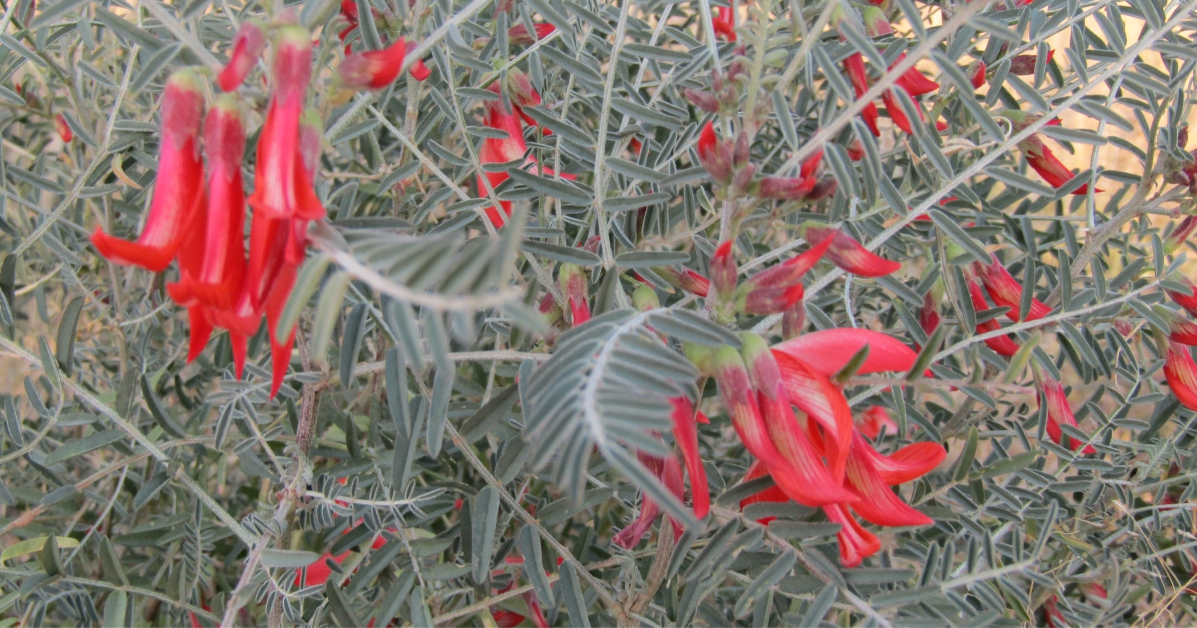
Cancer bush – Sutherlandia frutescens
An important multi-purpose, medicinal plant, it has greyish leaves and bears red flowers. People of the Kalahari infuse cancer bush in boiling water and drink the tea to relieve pain, abdominal inflammation and to cleanse the kidneys. There is some evidence to suggest that it helps to treat pancreatic and other cancers.
All images taken by Prince Ngomane.

